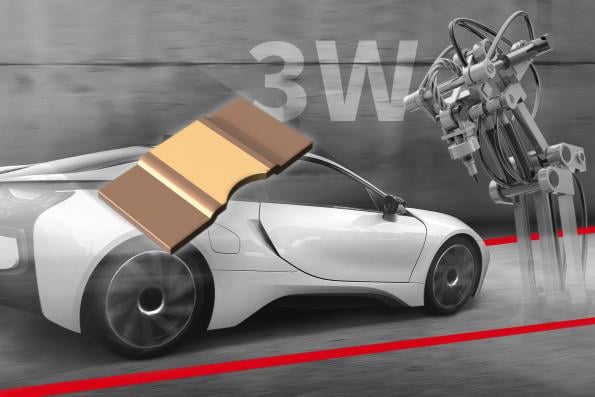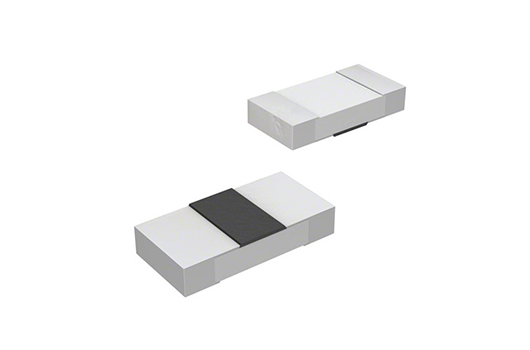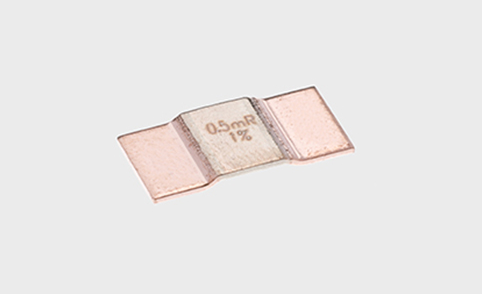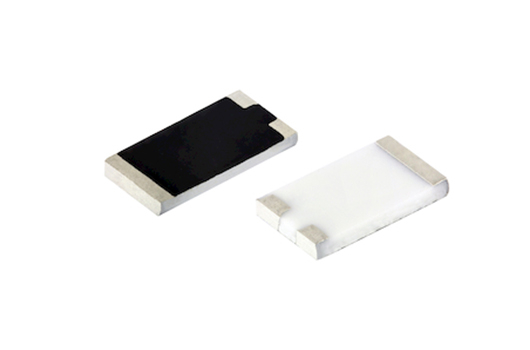
The battery shunt is a crucial component in battery management systems (BMS) that helps monitor and control the flow of current in batteries. It plays a vital role in ensuring battery safety, optimizing performance, and extending battery life. This technical documentation aims to provide an overview of the battery shunt, its current technology outlook, and future development direction.
Technology Outlook:
The battery shunt technology has evolved significantly in recent years, driven by the increasing demand for efficient and reliable energy storage systems. Current battery shunt designs incorporate highly accurate current sensing techniques, improved thermal management, and enhanced communication capabilities. This technology outlook highlights the following key aspects:
1. Accuracy: Battery shunts are becoming more precise in measuring current flow, enabling accurate monitoring and control of battery performance. Advanced sensing techniques, such as Hall Effect sensors or shunt resistors with integrated amplifiers, provide better measurement accuracy and minimize errors.
2. Thermal Management: Efficient thermal management is crucial for battery shunts, as high currents can generate heat and affect their performance. Future developments focus on incorporating advanced cooling techniques, such as heat sinks or thermal pads, to dissipate heat effectively and ensure consistent performance in demanding environments.
3. Communication Capabilities: Battery shunts are increasingly integrated with BMSs to enable real-time data acquisition and communication. This allows for monitoring battery status, detecting abnormalities, and implementing effective control strategies. Future development aims to enhance communication protocols and enable seamless integration with various BMS architectures.
Future Development Direction:
The future development of battery shunts is driven by the increasing demand for high-performance energy storage systems and the emerging trends in the battery industry. The following are the key directions for future development:
1. Higher Power Handling: As the demand for high-power applications, such as electric vehicles and grid energy storage, continues to grow, battery shunts need to handle higher currents without compromising accuracy and reliability. Future development focuses on improving current-carrying capacity and reducing power losses in shunt components.
2. Miniaturization and Integration: With the trend towards miniaturization in electronics, battery shunts are expected to become more compact and integrated into battery modules. This integration reduces the overall system complexity, improves reliability, and enables easier installation and maintenance.
3. Advanced Fault Detection: Future battery shunts aim to incorporate advanced fault detection algorithms for early detection of abnormalities such as overcurrent, overvoltage, and temperature rise. These developments will enhance battery safety and enable proactive maintenance and protection strategies.
4. Intelligent Control: Emerging technologies, such as artificial intelligence and machine learning, can be applied to battery shunt systems to optimize battery performance, improve efficiency, and extend battery life. Intelligent control algorithms can adaptively adjust current flow based on battery characteristics and external conditions.
Conclusion:
The battery shunt technology outlook is promising, with continuous advancements in accuracy, thermal management, and communication capabilities. Future development of battery shunts will focus on higher power handling, miniaturization, integration, advanced fault detection, and intelligent control. These developments will contribute to the overall improvement of battery management systems, ensuring safer and more efficient operation of energy storage systems in various applications.
SEO Keywords:
1. Battery shunt
2. Battery management system
3. Current sensing techniques
4. Thermal management in battery shunts
5. Future development of battery shunts
-

Understanding Shunt Resistors
In the realm of electrical engineering, various components play pivotal roles in...
2023-10-31 view+ -

5-ohm resistors
As a senior technical engineer, I am honored to introduce 5-ohm resistors to eve...
2023-06-23 view+ -

Fault Diagnosis and Troublesho
Fault Diagnosis and Troubleshooting of SMD Shunts: Sharing Common SMD Shunt Fail...
2023-11-14 view+ -

Precision patch resistors are
Precision patch resistors are resistors designed to be surface-mounted. These pr...
2023-04-21 view+


